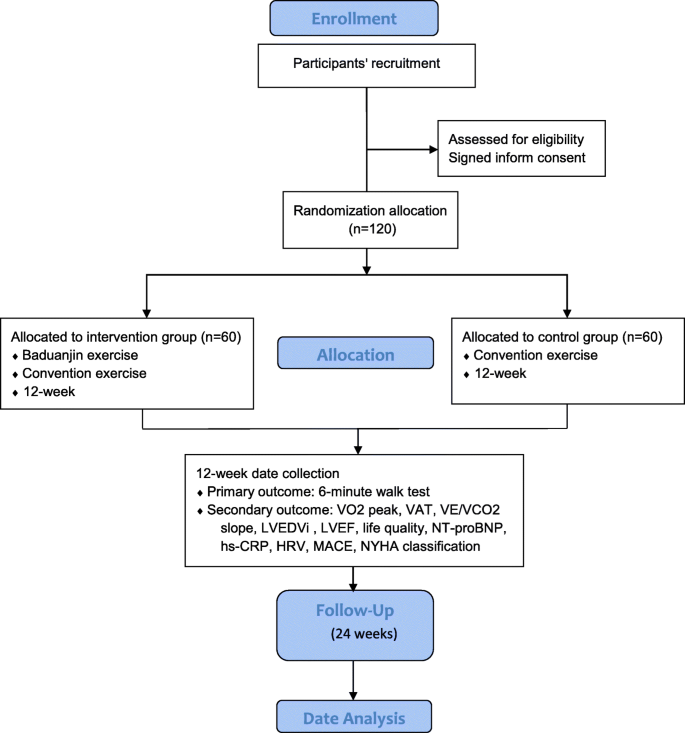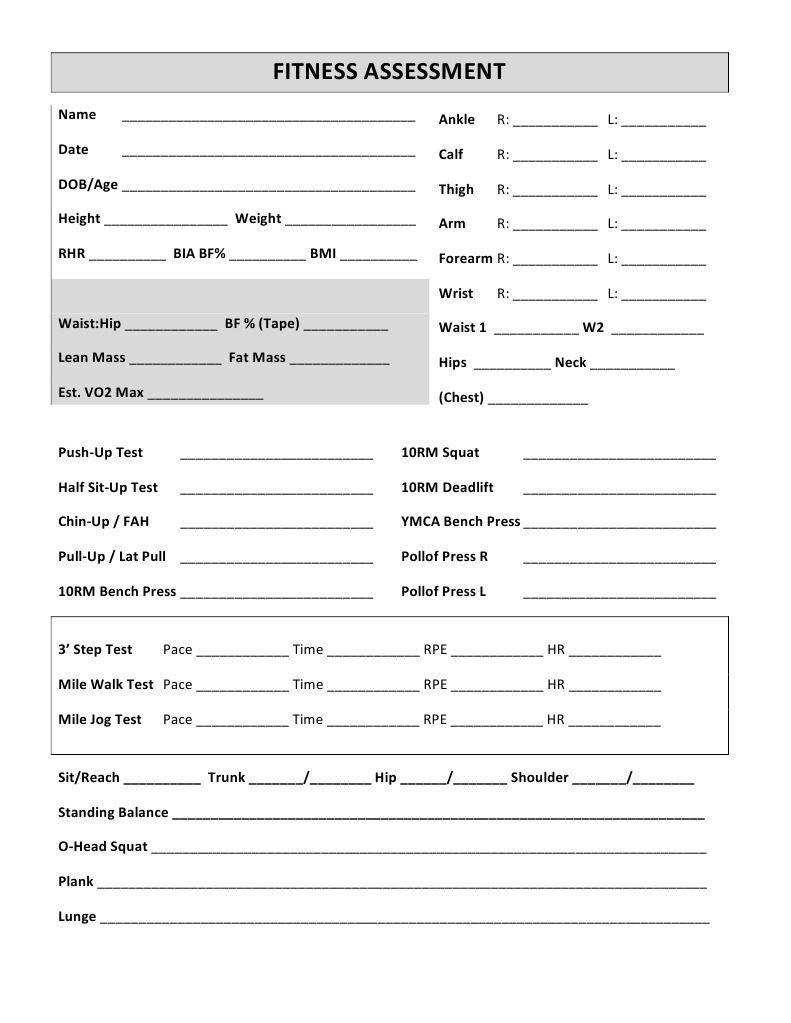- Eas Daily Fitness Assessment
- Eas Daily Fitness Assessment Pdf
- Eas Daily Fitness Assessment
- Eas Daily Fitness Assessment Upper Body
| Format | Computer-based test (CBT) 40 selected-response items and 3 constructed-response items |
|---|---|
| Time | 2 hours and 30 minutes total appointment time
|
| Test Dates | By appointment year-round, Monday through Saturday (excluding some holidays) Check appointment availability . |
| Test Sites | Located in New York State and nationwide Find the nearest test center . |
| Passing Score | 520 |
| Notes | Read important safety net information about this test. |
| Reference Materials Provided for This Test | None. |
| Test Fee | $92 Review complete fee and payment policy information. |
| Score Reporting | View score report dates. |
| Testing Policies | When you register, you must agree to abide by all testing rules and policies. Read the rules and policies now. |
| Alternative Testing Arrangements | Read about how to request alternative testing arrangements. |
| Prepare | Review preparation materials for this test. |
Tests may include test questions that are being evaluated for future administrations and that do not affect a candidate's score.

SAVE FITNESS: Take the one-click action now to help pass the U.S. GYMS Act!
This article appeared in the print edition of Club Business International in May 2018.
This app is focused on the physical fitness portion of this ideology: improving physical performance through training and nutrition. It provides photographs and descriptions of exercises used by MARSOC, and will help prepare candidates for the physical aspects of the Assessment and Selection process. Upon arriving at A&S, candidates are. Smartphones and tablets are slowly but steadily changing the way we look after our health and fitness. Today, many high quality mobile apps are available for users and health professionals.
A wide variety of fitness assessments guide gyms and members to reach their health goals.

The constantly increasing demand and reliance on data has affected every industry, including our own. Today, when you walk through a health club and study what you see, it seems that the generation of reports, stats, and metrics is a secondary business—subordinate only to the provision of health and fitness services.
Eas Daily Fitness Assessment
This profound paradigm shift has touched every area and aspect of a club, including the theory and practice of exercise physiology, and the technology employed in its service, particularly with respect to fitness assessments.
Assessments have long been a critical part of the club experience, but now, empowered by big data and propelled by the expectations of tech-savvy consumers, they’ve become more sophisticated, informative, and productive. They range from improved versions of the basic and essential to what could be regarded as the industry’s current gold standard.
While many clubs don’t make assessments mandatory, they’re a valuable tool that can be utilized to engage members, establish a baseline, identify potential health concerns, create customized exercise prescriptions, and track members’ progress.
“We offer assessments because we believe we have to learn about a person to design an appropriate program and provide a world-class experience,” says Amanda Carlson-Phillips, the vice president of nutrition and research for EXOS, a human performance firm based in Phoenix. EXOS drafts tailored plans to improve mindset, nutrition, movement, and recovery. “It doesn’t make sense to ‘just test,’” she says. “We want the assessment process to be a motivator and a program refiner. The more personalized the program, the greater the likely impact.”
Assessment Fundamentals
The American College of Sports Medicine (ACSM), based in Indianapolis, recommends a traditional approach by measuring the five basic components of fitness—cardiorespiratory condition, muscular strength, muscular endurance, flexibility, and body composition.
A worker takes notes as a client performs a 'green' VO2 max test at Cooper Center.“Baseline assessments establish goals and determine the workloads necessary to achieve those goals,” says Dr. Gary Liguori, the dean of the College of Health Sciences and a professor of kinesiology at the University of Rhode Island in Kingston. “The ACSM battery of assessments yields reliable and valid measurements of the components of fitness, which should respond to training over time.”
For cardio testing, the accepted standard is indirect calorimetry—which measures inspired and expired gas flows, and volumes and concentrations of O2 and CO2—to precisely determine VO2 max. It can be performed on a treadmill or cycle ergometer but requires specific equipment and special expertise.
Submaximal treadmill and cycle tests are easier to administer and predict VO2 max based on a validated algorithm. The 12-minute run, three-minute step test, and Rockport one-mile walk are even simpler and all employ an equation to determine cardio fitness.
Standard muscular strength tests include the one repetition max (1RM), which requires lifting the heaviest weight possible at a single time, or the 3RM and 5RM tests. For muscular endurance, ACSM recommends the timed push-up or curl-up tests (one or two minutes), or moving a given weight at a set rate as many times as possible.
Flexibility is generally measured by the standard sit-and-reach test, but other assessments exist for hip and shoulder flexibility measurements.
Numerous tests exist to evaluate body composition, such as the top-of-the-line DEXA scan, followed by hydrostatic weighing and air-displacement plethysmography (BodPod), but all involve specific, expensive equipment. Some more accessible and less costly options are bioelectrical impedance—which uses a simple device to estimate body composition and has recently become more reliable—and skinfold measurements taken with calipers.
Eas Daily Fitness Assessment Pdf
“Reliability and validity are critically important when choosing an assessment, and ACSM allows individual trainers to decide which tools are best for a given situation,” says Liguori.
Fitness and Health
Like ACSM, the National Academy of Sports Medicine (NASM), based in Chandler, AZ, suggests that trainers focus on cardio fitness, muscular strength, and body composition using many of the same tests.
However, for muscular strength NASM also includes a bench press or squat test and incorporates agility examinations, such as the Davies test and shark skill test, in the assessment.
“Baseline assessments establish goals and determine the workloads necessary to achieve those goals.”
Dr. Gary Liguori, Dean of the College of Health SciencesUniversity of Rhode Island - Kingston, RIIn addition, NASM suggests evaluating balance, posture, and overall motor control by making use of the overhead squat assessment (OHSA), single leg squat, and transitional assessments for specific body attributes, such as the mobility of the hip and shoulder joints.
“These assessments give a snapshot of a person’s movement quality, providing a baseline that fitness professionals can use to design flexibility, core, and strength-training programs,” says Prentiss Rhodes, NASM’s live events product manager. “Trainers should inform and assure clients that the purpose of these tests is to help them reach their goals as efficiently as possible.”
Additional indicators, such as blood pressure and blood composition, provide a better picture of a client’s health but require health professionals and laboratories. Both ACSM and NASM advise trainers to refer clients to their physicians for further evaluation if an assessment or health indicators reveal disease or a potential health condition.
“It’s important for fitness professionals to understand the scope of their practice and avoid anything that crosses over into the realm of the diagnosis and treatment of a medical condition,” says Rhodes.
Gold Standard I
When it comes to assessments, there are few club companies that do them better or more thoroughly than the acac Fitness & Wellness Centers, which own and operate 12 multipurpose clubs, serving some 65,000 members in Virginia, Maryland, and Pennsylvania. The chain employs a full team of personal trainers, exercise physiologists, nurses, and registered dietitians to conduct a variety of fitness assessments.
New members receive two free 30-minute sessions with a team member who has special expertise to meet specific needs. The general data collected encompasses body composition, body mass index (BMI), flexibility, balance, blood pressure, HDL and LDL cholesterol, and fasting blood sugar.
Traditional assessments to ascertain endurance and overall fitness are conducted based on the circumstances and objectives of the individual client. “We give trainers the latitude to tailor assessments, as indicated, for their clients, such as evaluating balance, agility, gait, and other factors,” says Chris Craytor, the president and COO of acac.
In addition to gathering biometric data, acac relies on the World Health Organization’s (WHO) WHO-5 scale to qualitatively measure well-being by having clients grade statements such as “My daily life is filled with things that interest me.”
 A client performs a test for a functional movement screen.
A client performs a test for a functional movement screen.acac also collects extensive stats on people who participate in its 60-day Physician Referred Exercise Program (p.r.e.p.), and has developed Welld Health, an integratedarticle-body'>
Eas Daily Fitness Assessment
“Biometric measures may, or may not, be part of the initial assessment. It’s our job to find out what people hope to get out of their membership, explore their interests, and position them for success.”
Chris Craytor, President and COOacac Fitness & Wellness Centers - Charlottesville, VAStress management and standard blood measurements also are part of Cooper Quest, a personalized wellness program predicated on Dr. Kenneth H. Cooper’s 8 Steps to Get Cooperized, which offers recommendations for a healthy, well-rounded life.
Once the assessments have been completed, members receive an equipment orientation, an exercise prescription, and their Cooper Quest score to guide their wellness journey.

“The onboarding process for members is intended to narrow their focus and bring clarity to their principal objective—their most important ‘one thing’—so they become empowered to address the factor that may have the most dramatic impact on their overall health and longevity,” explains Wilkins.
The Cooper Fitness Center’s 3,754 members can consult with any of the 10 registered dietitians at The Cooper Clinic for resting metabolic rate testing, analysis of food records, weight management plans, and other services. They also earn a discount on the renowned preventive medical exam at The Cooper Clinic. The exhaustive protocol consists of a treadmill stress test; a multidetector computed tomography (MDCT) scan of the upper torso; a full-body skin cancer screening; a nutrition coaching session; bloodwork lab analysis; and a thorough physical exam, with a full review and action plan.
But, one must remember, an assessment isn’t about data points, on-screen graphs, or computer printouts. It’s about the results that are produced.
“Everything we do is meant to be preventive, to help our members live longer, healthier lives,” says Wilkins.
Carlson-Phillips, of EXOS, adds that “assessments should be selected carefully, and have a very crisp ‘so what, now what’ associated with the information.”
Julie KingEas Daily Fitness Assessment Upper Body
Julie King is a contributor to Club Business International.